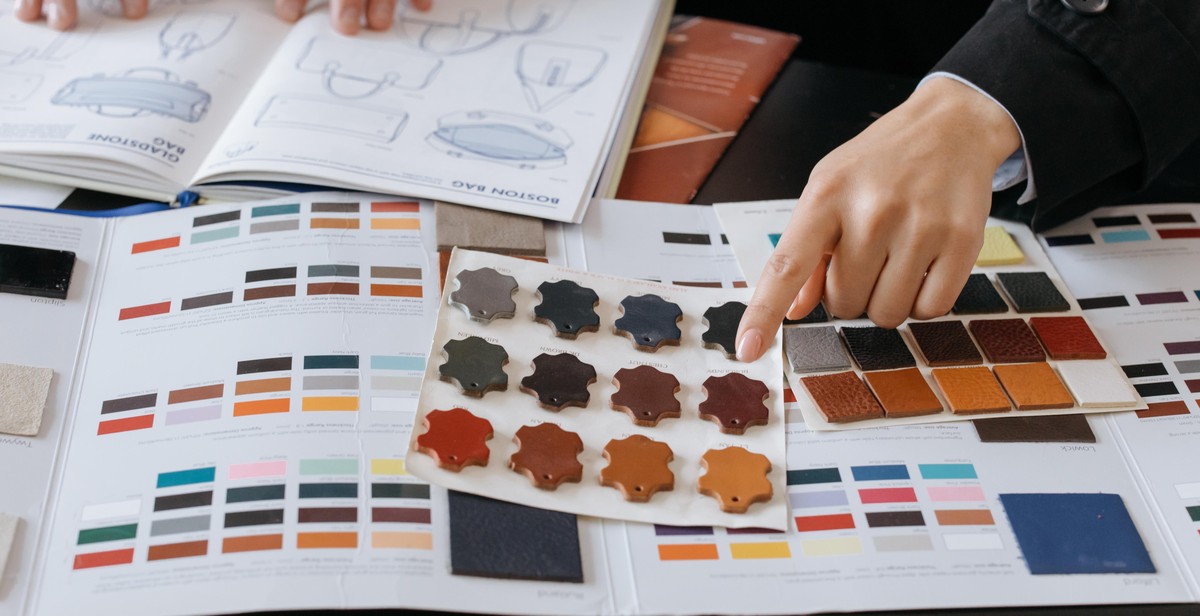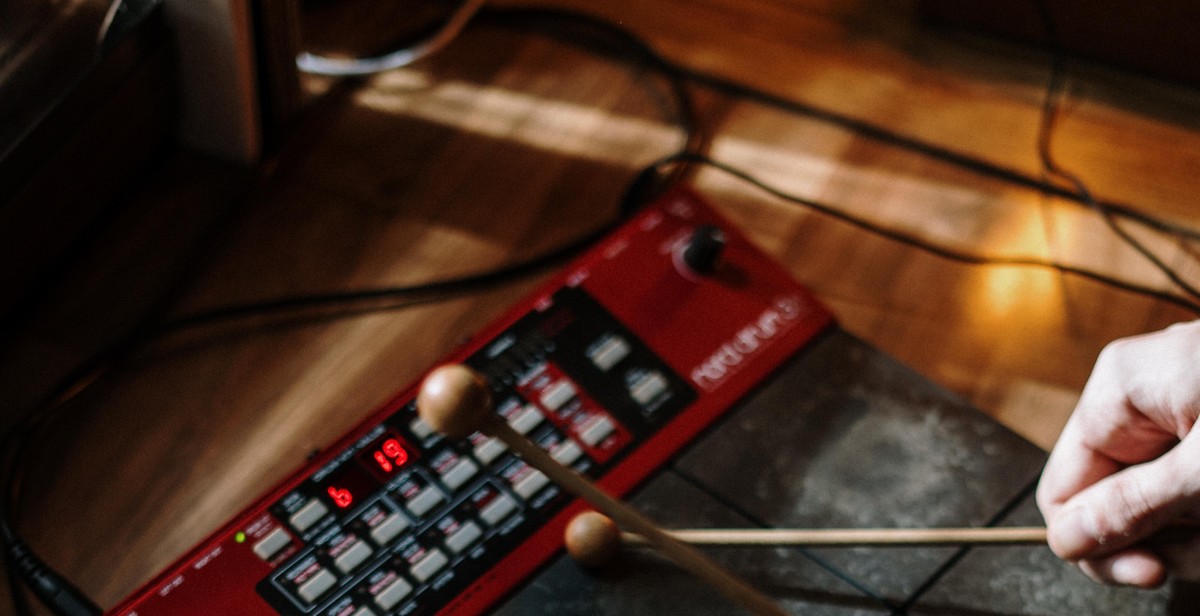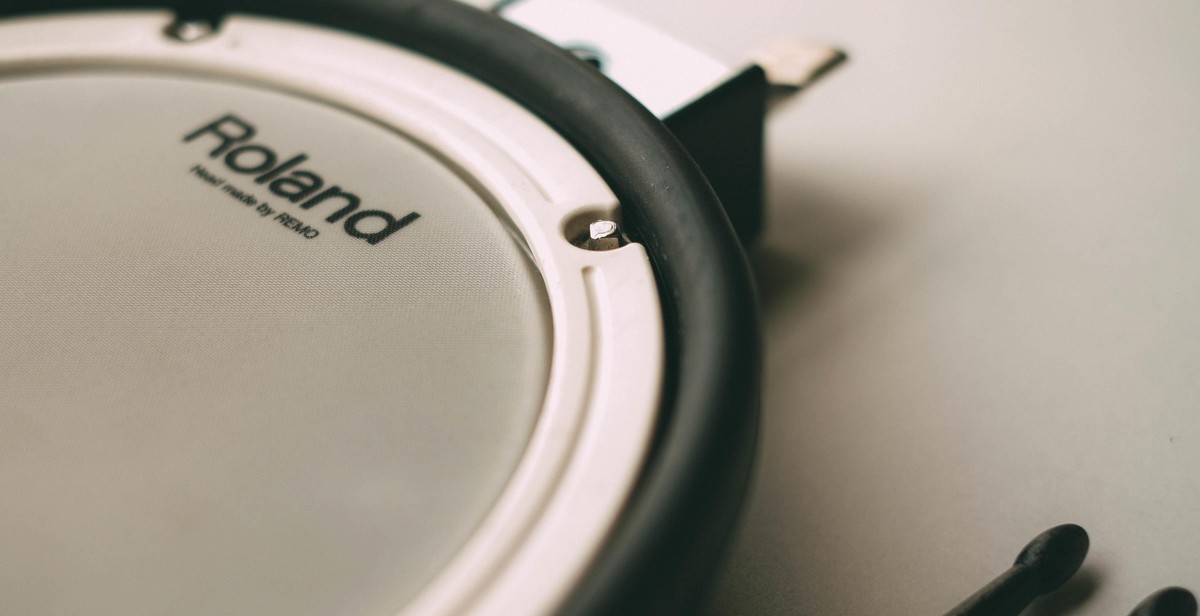Introduction: How to Choose the Right Drumsticks for Your Drumming Style
Drumming is more than just hitting a drum with a stick. It requires skill, technique, and the right equipment. One of the most important pieces of equipment for drummers is the drumsticks. Choosing the right drumsticks can make a huge difference in the sound and feel of your playing, as well as your overall performance.
Why Choosing the Right Drumsticks is Important
Drumsticks come in a variety of sizes, shapes, and materials. Each type of drumstick has its own unique characteristics that can affect your playing style and the sound of your drums. Using the wrong drumsticks can lead to discomfort, injury, and poor performance.
For example, if you play with heavy drumsticks but have a light touch, you may find it difficult to control them, resulting in inconsistent playing. Alternatively, if you play with light drumsticks but have a heavy hand, you may break them easily.
Choosing the right drumsticks for your drumming style can help you play more comfortably, improve your technique, and achieve the sound you desire.
- In this article, we will discuss the different types of drumsticks and their characteristics.
- We will also provide tips on how to choose the right drumsticks for your playing style and needs.
- Whether you are a beginner or a professional, this guide will help you find the perfect drumsticks to take your drumming to the next level.
Drumstick Anatomy
Before choosing the right drumsticks for your drumming style, it’s important to understand the different parts of a drumstick. Here are the main components:
Tip
The tip of a drumstick is the part that makes contact with the drumhead. There are several tip shapes, including acorn, barrel, teardrop, and oval. Each shape produces a different sound and feel, so it’s important to choose the one that suits your playing style.
Shoulder
The shoulder of a drumstick is the area where the taper begins. This part of the stick is typically thicker than the tip and provides a balance between weight and strength.
Taper
The taper is the gradual decrease in diameter from the shoulder to the tip. The taper affects the balance and weight distribution of the drumstick, which can impact your playing style and technique.
Butt
The butt of a drumstick is the opposite end of the tip. This part of the stick is typically thicker and heavier than the tip and can be used for playing rimshots or creating a louder sound.
Length
The length of a drumstick is measured from the tip to the butt. Longer sticks provide more reach and power, while shorter sticks offer greater control and speed.
Understanding the anatomy of a drumstick can help you choose the right pair for your drumming style. Consider factors like tip shape, taper, and length to find the sticks that feel comfortable and produce the sound you’re looking for.

Drumstick Materials
Drumsticks can be made from a variety of materials, each with its own unique sound and feel. Here are some of the most common materials used to make drumsticks:
Hickory
Hickory is the most popular wood used to make drumsticks. It is strong, durable, and has a natural shock resistance that makes it ideal for heavy hitters. Hickory sticks produce a full, rich sound that is perfect for rock, metal, and other genres that require a lot of power.
Oak
Oak is another popular wood used to make drumsticks. It is a dense and heavy wood that produces a bright, articulate sound. Oak sticks are ideal for jazz and other styles that require a lighter touch.
Maple
Maple is a lightweight wood that produces a warm, mellow sound. Maple sticks are ideal for acoustic settings and are often used in orchestral and jazz drumming.
Carbon Fiber
Carbon fiber sticks are a relatively new addition to the drumstick market. They are extremely durable and have a consistent weight and balance. Carbon fiber sticks produce a bright, articulate sound that is ideal for electronic drumming and other genres that require precision and speed.
Nylon
Nylon sticks are lightweight and durable, and they produce a bright, sharp sound. They are often used in marching band and other outdoor settings where durability is key.
| Material | Sound | Durability | Weight |
|---|---|---|---|
| Hickory | Full, rich | High | Heavy |
| Oak | Bright, articulate | High | Heavy |
| Maple | Warm, mellow | Low to medium | Light |
| Carbon Fiber | Bright, articulate | High | Light |
| Nylon | Bright, sharp | High | Light |

Drumstick Sizes
The size of your drumsticks plays a vital role in the sound and feel of your drumming. Here are some factors to consider when choosing the right drumstick size:
Diameter
The diameter of a drumstick refers to its thickness. Drumsticks come in various diameters, ranging from 7A to 2B. The smaller the number, the thinner the stick. A thinner stick is ideal for lighter playing styles, while a thicker stick is better suited for heavier playing styles.
Length
The length of a drumstick ranges from 15 to 17 inches. A longer stick can provide more reach and power, while a shorter stick is easier to control and maneuver. Consider the size of your drum kit and your playing style when choosing the length of your drumsticks.
Taper
The taper refers to the gradual decrease in diameter from the shoulder to the tip of the drumstick. A long taper provides a lighter feel and quicker response, while a short taper provides more power and durability.
Tips
Drumstick tips come in various shapes, including acorn, barrel, and round. The tip shape can affect the sound and feel of the stick. Acorn tips provide a focused sound and are ideal for rock and pop music, while barrel tips provide a broader sound and are suitable for jazz and fusion styles.
| Diameter | Length | Taper | Tips |
|---|---|---|---|
| 7A | 15″ | Long | Acorn |
| 5A | 16″ | Medium | Acorn or Barrel |
| 2B | 16.5″ | Short | Barrel |
Remember that the right drumstick size ultimately depends on your personal preference and playing style. Experiment with different sizes to find the one that feels and sounds the best for you.

Drumstick Tips
1. Acorn Tip
The acorn tip is the most popular drumstick tip shape. It produces a warm and rounded sound, making it ideal for drummers who play rock, pop, and country music. The acorn tip also provides a great rebound, allowing for faster and more precise playing.
2. Oval Tip
The oval tip produces a brighter sound than the acorn tip, making it ideal for drummers who play jazz, funk, and R&B music. The oval tip also provides a good balance between attack and sustain, making it a versatile choice for different genres.
3. Round Tip
The round tip produces a very bright and articulate sound that is ideal for drummers who play in a marching band or orchestral setting. The round tip also provides a great definition and clarity, making it a good choice for drummers who want to showcase their technique and precision.
4. Barrel Tip
The barrel tip is similar to the acorn tip but with a larger surface area. It produces a warm and full sound, making it ideal for drummers who play with a lot of power and volume. The barrel tip also provides a great balance between attack and sustain, making it a good choice for different genres.
| Tip Shape | Sound | Rebound | Genres |
|---|---|---|---|
| Acorn | Warm and rounded | Great rebound | Rock, pop, country |
| Oval | Bright | Good balance | Jazz, funk, R&B |
| Round | Bright and articulate | Great definition | Marching band, orchestral |
| Barrel | Warm and full | Great balance | Various genres |

Understanding Drumstick Tapers
When choosing the right drumsticks for your drumming style, it’s important to understand the different types of drumstick tapers. The taper refers to the gradual decrease in diameter from the butt end of the stick to the tip. The taper affects the balance, weight, and overall feel of the drumstick.
Long Taper
A long taper means that the diameter of the drumstick decreases gradually over a longer distance. This type of taper creates a lighter stick with more flex, making it ideal for jazz and lighter playing styles. The tip of a long taper stick is smaller and more pointed, allowing for greater articulation and response.
Medium Taper
A medium taper stick has a taper that falls somewhere between a long taper and a short taper. This type of taper creates a balanced stick that is versatile and suitable for a wide range of playing styles. The tip of a medium taper stick is slightly larger than a long taper stick, providing a fuller sound.
Short Taper
A short taper stick has a taper that decreases rapidly from the butt end to the tip. This type of taper creates a heavier stick with more power and projection. Short taper sticks are ideal for rock, metal, and other heavy playing styles. The tip of a short taper stick is larger and rounder, providing a fuller and louder sound.
It’s important to choose a drumstick with the right taper for your playing style to ensure the best sound and feel. Try out different types of tapers to find the one that works best for you.

Drumstick Brands
There are many different drumstick brands available on the market, each with their own unique qualities. Here are some of the top brands to consider:
Vic Firth
Vic Firth is one of the most popular and well-respected drumstick brands in the world. They offer a wide range of drumsticks, from lightweight jazz sticks to heavy-duty rock sticks. Their sticks are known for their consistency and durability, making them a top choice for professional drummers.
Promark
Promark is another well-known brand that offers a variety of drumsticks for different playing styles. They are particularly popular among rock drummers, as their sticks are known for their power and durability.
Zildjian
Zildjian is a brand that has been around for centuries, and they are known for their high-quality cymbals. However, they also offer a range of drumsticks that are popular among jazz and orchestral drummers.
Regal Tip
Regal Tip is a lesser-known brand, but they are still highly regarded by many drummers. Their sticks are known for their balance and response, making them a great choice for a wide range of playing styles.
Pro Orca
Pro Orca is a relatively new brand, but they are quickly gaining popularity among drummers. Their sticks are made from high-quality materials and are designed to provide a comfortable playing experience.
When choosing drumsticks, it’s important to consider the brand as well as the specific model. Each brand has its own unique qualities, so it’s worth trying out a few different brands to find the ones that work best for your playing style.
Conclusion
Choosing the right drumsticks for your drumming style is crucial to achieving optimal performance and sound quality. With so many options available in the market, it can be overwhelming to make the right choice. However, by considering factors such as stick size, material, tip shape, and weight, you can narrow down your options and find the perfect pair of drumsticks that suit your playing style.
It’s also important to note that experimenting with different types of drumsticks can help you discover new sounds and techniques that can enhance your drumming skills. Don’t be afraid to try out different brands or sizes until you find the perfect fit for your style.
Additionally, investing in high-quality drumsticks can save you money in the long run by reducing the need for frequent replacements. Take care of your drumsticks by storing them properly and avoiding excessive use, and they will serve you well for years to come.
Remember, the right drumsticks can make all the difference in your drumming performance. So take the time to research and find the perfect pair that will help you achieve your musical goals.
Quick Tips:
- Consider your playing style when choosing drumsticks
- Experiment with different types of drumsticks to discover new sounds and techniques
- Invest in high-quality drumsticks to save money in the long run
- Store your drumsticks properly and avoid excessive use to extend their lifespan
| Stick Size | Material | Tip Shape | Weight |
|---|---|---|---|
| 7A – 5B | Hickory – Maple – Oak – Carbon Fiber | Round – Acorn – Teardrop – Barrel | Light – Medium – Heavy |
